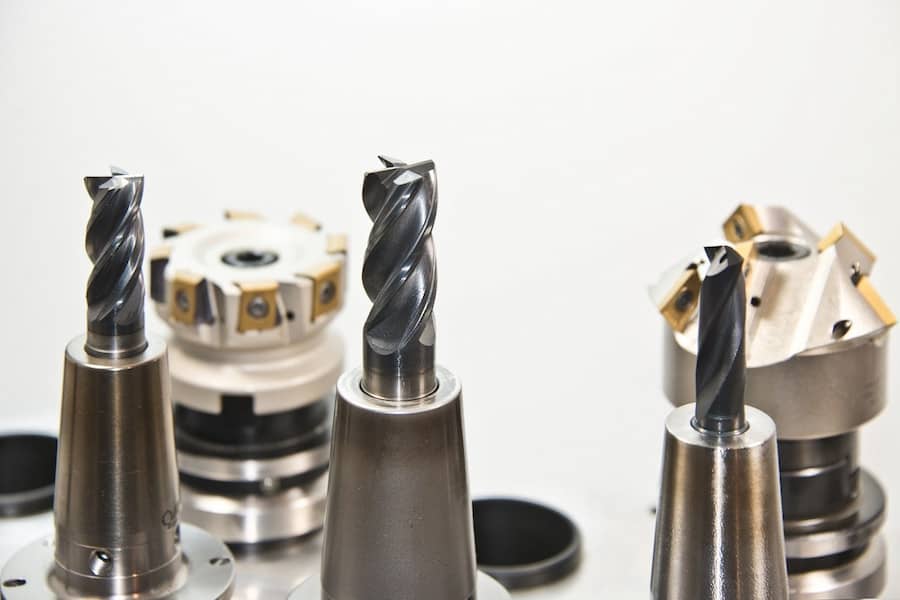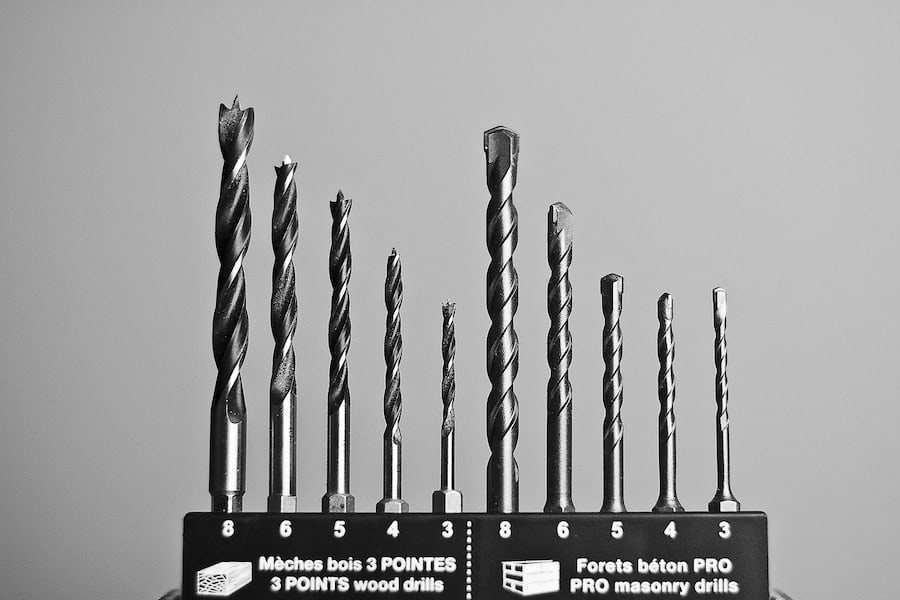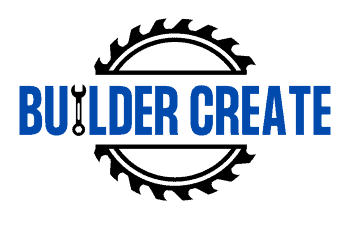Finding out the right drill bit size for drilling a precise hole is no easy task. For different applications, you may need different drill bit sizes. Since this is not an activity performed regularly, you may find it challenging to figure out what size drill bit for #8 screws.
Thus, through this article, I am here to extend you a helping hand.
What Size Drill Bit for #8 Screws?
An #8 screw features 0.164 inches of nominal thread diameter. In addition, to screw diameter, thread count is another critical parameter to help determine the exact size and fit of the screw for a specific application.

#8 screws are available in three different thread counts, including 32, 36, and 40. The thread count, also known as thread pitch, represents the number of threads per inch on a screw.
Selecting Drill Bit by Type
Drill bits come in a wide range of types. Depending on the material, such as metal, wood, or masonry, different drill bits are required for the purpose.
Here are commonly used drill bits with their uses:
- Small pointed drill bits are generally used for wooden surfaces, and when you observe these bits closely, you will find that these bits can spur on either side.
- Masonry bits feature slightly sloping tips and are covered with carbide. The carbide coating generally helps the drill to stay sharp. These drills are also very effective to be used on cinder blocks and stones, and tiles.
However, drilling through tiles can be really hard and messy. Therefore, for such tasks, masonry drills are recommended.
- Metal drill bits are wide-angled, and the points at the end are colored with black paint. They are considered the best out of all drills as they are incredibly versatile. In addition, they are high-performing and long-lasting drill bits due to the titanium coating.
- Drilling through glass can also be done, but it needs more precision than any other material. Thus, for such a type of high-precision drilling requirement, carbide-coated drills are used.
Selecting Drill Bit by Size
- There are hole charts available with drill bits to help you find the specific and correct size of the drill to be used for a particular purpose. But if things are still unclear, you can go with the drill bit size 1/64″ part smaller than the required hole.
- For most hardwood projects, the pilot holes should be created to be larger than the screw’s minor diameter.
- The bit used is either standard or tapered. The number of the screw size generally indicates the diameter of the screw. It means that the higher the screw size, the more will be the diameter of the screw.
- Another essential tip that can be applied while making drills is using the drill bit size card. These are plastic cards punched with round holes provided to measure the drill size.
- For drilling, the most convenient and accurate position is the 90’ angle attachment of the drill. It is considered compact and can reach places without harming the grip.
- Lastly, a necessary precaution to follow is to connect the drill securely to the board to avoid accidents or failures as the drills can physically harm the body if not handled carefully.
The standard pilot hole size for hardwood and softwood are ⅛” and 3/32” respectively.
What Can Be the Best Size for the #8 Screw?
For drill bit #8, the diameter is approximately 0.1990”. Therefore, while drilling a pilot hole for an #8 size screw, an 11/64″ inch tapered drill on the hardwood is recommended.
For softwood, a 5/32″ tapered drill must be used. Moreover, for square drive screws, a standard point drill bit is best to be used.
These drill sizes are recommended to help you achieve optimum precision. Precision is necessary to prevent damage to the surfaces and materials used. Before drilling, the drilling pins must be checked to get good results.
Considering the hammer drive screws, the drill size selected can be #27, and if the drilling needs to be done on standard wood, the perfect size for screws can be ⅛” inch.
Frequently Asked Questions
What Is the Primary Difference Between a Tapered Drill Bit and a Straight Drill Bit?
A straight drill bit digs holes that have uniform threads spread over the entire length. A tapered drill bit creates holes with higher thread contact as their diameter reduces gradually from top to bottom. As the hole narrows down, the threads pierce deeper into the surface.
How Can the Size of the Screw Be Determined?
The size of the screw can be determined by reviewing thread counts. It can be done by laying the screw flat on the surface and consecutively counting the number of threads within an inch gap. Then dividing the count gaps in the length and size can be determined.
Can I Use a Masonry Drill for Wooden Boards?
Yes, a masonry drill can be used for wooden boards. Nevertheless, masonry drills work better on stones and bricks. When you use these drill bits on surfaces other than stone, they tend to be lighter in pace and create rough edges, making holes look dirty.
Additionally, it even can break the surface. Thus, the slower pace must be maintained when working on wooden surfaces. One more thing to be noted is to pre-drill wooden surfaces.

Conclusion
Drilling and its technicalities cannot be learned and understood in a day or two. Only through practice and concentration can you create the right hole according to the size, material, and requirement. However, drilling is a process often required in day-to-day life.
Therefore, you should gain a good hold on its related aspects.
